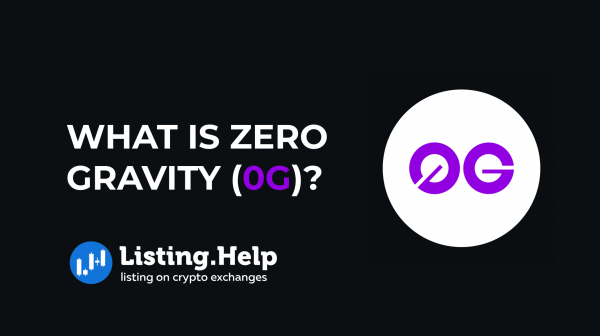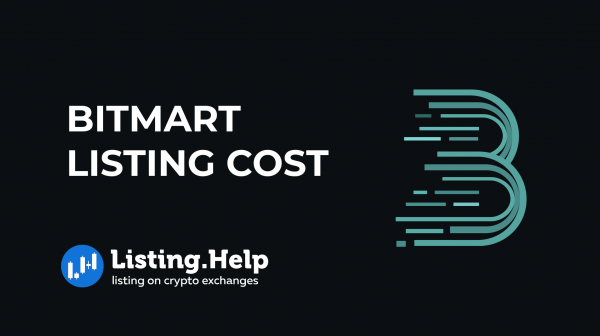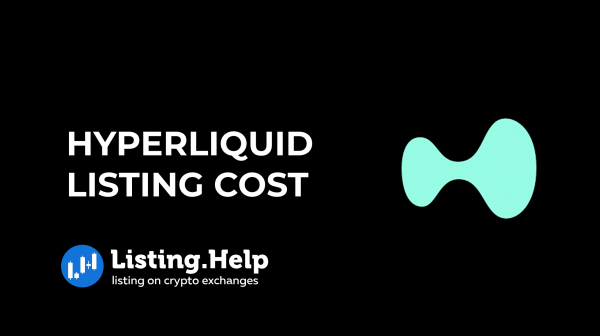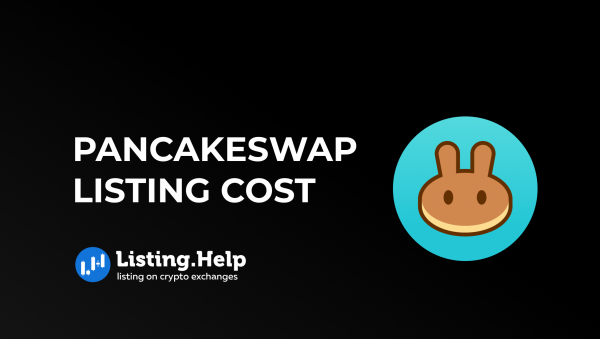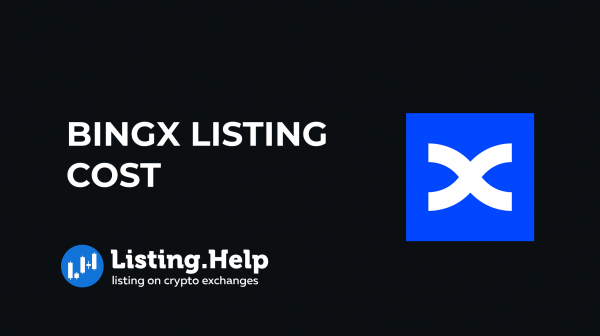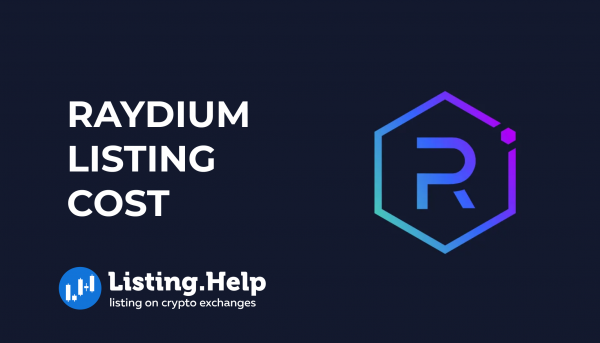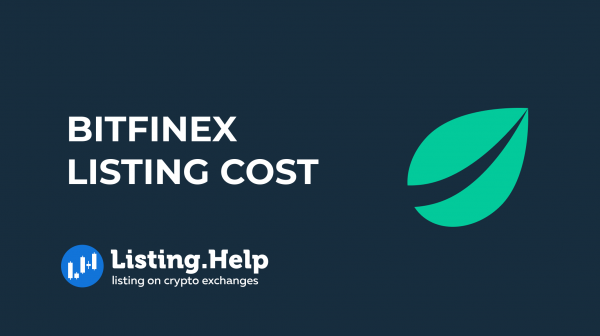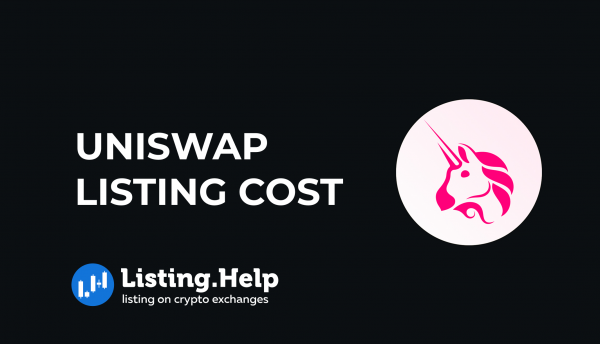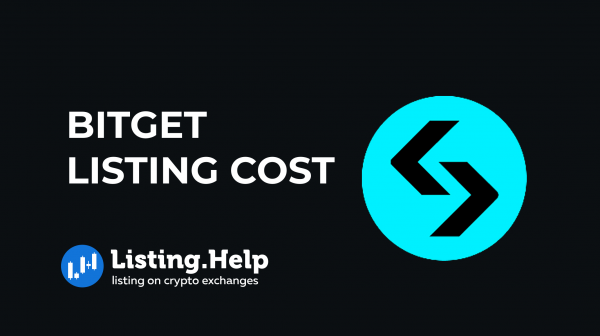How to List a Token or Coin on Coinone: A Practical Guide
 October 21, 2025
October 21, 2025 Updated: October 21 2025, 02:33
Updated: October 21 2025, 02:33
LEAVE A REQUEST
Launching your own token project? Our experts are ready to help with listing on exchanges, market making, marketing and other solutions
SUBMIT APPLICATIONIf you plan to expand your project into South Korea, Coinone is one of the key exchanges you should know about. It’s one of the largest licensed crypto trading platforms in the country, offering access to the Korean Won (KRW) pair and a highly active local market.
This guide will help you understand how to list your token or coin on Coinone — from preparing your documents and meeting basic requirements to launching trading pairs and supporting users after the listing. You’ll find a clear roadmap and useful checklists to make the process smooth and predictable.
Korea Snapshot: What Makes Coinone Listings Different
The South Korean crypto market operates under strict financial regulations. Local exchanges, including Coinone, work only with verified users who have real-name bank accounts — a system known as real-name verification. This rule connects users’ crypto wallets to their verified identities, helping prevent money laundering and fraud. Coinone, together with Upbit and Bithumb, forms part of the country’s “Big Three” licensed exchanges. To list on Coinone, a project must pass a deep due diligence review of its legal status, tokenomics, audit, and technical readiness. You can explore Coinone’s official compliance and security standards on their support page.
Unlike most global exchanges that trade mainly against USDT, Coinone emphasizes KRW trading pairs, meaning that Korean users buy and sell tokens directly with fiat currency. This requires additional coordination on liquidity and price stability to maintain healthy order books. Listing on a KRW-based market also means adapting communication and marketing to local expectations — timing posts in Korea Standard Time (KST) and offering Korean-language updates whenever possible.
In short, Coinone listings demand both technical readiness and cultural localization. A strong project should be transparent, compliant, and prepared to engage responsibly with one of the most regulated and active crypto communities in the world.
Pre-Application Readiness: What You Must Prepare
Before submitting your Coinone listing application, your project must be fully prepared both legally and technically. South Korean exchanges take compliance and documentation very seriously every detail matters. Below are the three key parts of your preparation package.
Business & Compliance Package
Coinone performs a detailed background check on each project through due diligence. This includes verifying the legal entity behind the token, the team members, and ownership transparency. Make sure your company has a registered business, clear contact information, and links to official websites and social profiles.
You’ll also need to prepare:
- Whitepaper — a clear document describing your project’s purpose, token use case, and economics.
- Tokenomics file — showing total and circulating supply, vesting (release schedules), and unlocks.
- Audit report — to confirm your smart contract has been reviewed by a trusted third-party firm.
- KYC/AML documents — verifying founders and company representatives.
Technical Package
Your token’s smart contract must be transparent, secure, and compatible with the blockchain networks supported by Coinone. Currently, Coinone lists assets from major chains such as Ethereum (ERC-20), BNB Smart Chain (BEP-20), and others.
Before submission, make sure to double-check:
- Contract address and decimals
- Total supply and burn/mint functions
- Deposit and withdrawal functionality on testnet
- Network stability and transaction speed
If you’re unsure, you can find Coinone’s technical guidelines and listing integration process on their official support portal. Proper testing ensures smooth integration and prevents deposit issues during launch.
Liquidity & Pairs Plan
Once technical and compliance checks are done, your next focus is liquidity, the ability for users to buy and sell without large price jumps. On Coinone, most tokens are paired with KRW, and sometimes with USDT. Decide early which pair fits your strategy best.
A strong liquidity plan includes:
- Appointing a market maker (a company or bot managing buy/sell orders)
- Setting KPIs for order book depth and spread
- Planning initial liquidity injections before trading opens
- Monitoring slippage and volume during the first days
Without stable liquidity, your token price may fluctuate sharply, which can discourage traders. Working with an experienced market maker for Coinone listing can help maintain a healthy market and investor confidence.
Coinone Listing Flow: From Application to Go-Live
Listing a token on Coinone follows a structured and transparent process. Every stage matters because the exchange must ensure that new assets meet local regulations and protect investors. Below is a clear overview of each step in the listing flow.
- Submitting the Coinone Listing Application
The process begins when you fill out the official listing form. You can find it in the “Listing” section of Coinone’s support portal. Provide complete details about your company, token, and team. Incomplete or misleading data will cause delays or rejection. - Q&A and Due Diligence Review
After submission, Coinone’s internal team contacts you for clarification. They may request additional documents such as updated tokenomics, KYC for team members, or recent audit results. This stage is called due diligence, meaning a full check of your project’s transparency, technology, and compliance with Korean laws. - Contract and Commercial Terms
If the project passes the review, Coinone sends a draft of the listing agreement. This document defines technical integration, responsibilities, and commercial conditions such as market maker setup and liquidity commitments. Always verify that all communications come from an official domain like @coinone.co.kr to avoid phishing. - Technical Integration and Testing
Next comes the technical connection between your smart contract and Coinone’s systems. This step ensures that your token works correctly before going live. - Announcement Coordination
Once all checks are completed, the Coinone team schedules an official announcement. The date and time are coordinated with you, and public information remains under embargo until the exchange confirms the release. Announcements are published in both English and Korean on the Coinone Notice board. - Go-Live Sequence
The listing happens in three stages: deposits first, then trading, and finally withdrawals. This structure allows liquidity to accumulate before users start trading. During the first hours, the project team and the market maker monitor order books and user deposits to ensure stability. Once the trading pair is active, Coinone adds it to the main dashboard and price charts on CoinMarketCap and CoinGecko.
Launch Mechanics: T-Minus to T+72h
The period before and right after a Coinone listing is critical. The first 72 hours determine how the market perceives your token. A well-planned checklist helps avoid technical issues and builds user confidence.
Before Launch (T-Minus 24h)
Exchange makes sure all wallets, deposits, and withdrawal systems work correctly on Coinone’s test environment. Confirm the launch time in Korea Standard Time (KST) and prepare translated announcements in both English and Korean. Coordinate with your market maker to ensure liquidity is ready before deposits open. Publish a short pre-announcement on your official channels, but do not reveal the exact trading time until Coinone posts the news on its official site.
At Launch (T+0)
When deposits open, monitor transactions in real time. Track user feedback through your community channels and respond quickly to any wallet or transfer issues. After trading begins, the first hour usually shows higher volatility. Keep an eye on order book depth and spread to stabilize the market. Adjust your liquidity parameters if spreads become too wide.
Post-Launch (T+24h to T+72h)
Within the first three days, provide constant communication with your users. Publish FAQ posts, address any technical questions, and share verified links. Coinone often reviews market performance during this period, so consistent transparency is key. Encourage healthy trading rather than hype.
A well-coordinated launch helps maintain trust among early traders and prevents unnecessary price swings. Treat these 72 hours as your project’s public stress test on one of Asia’s most active exchanges.
Marketing & Localization for Korea
Entering the Korean crypto market requires more than just a listing. It means speaking the same language as the community and adapting your communication to local expectations. Korean traders value clarity, transparency, and consistent updates from official sources.
Start with basic localization. Translate your announcements, FAQ, and whitepaper summary into Korean. Use clear and polite tone in every message. Make sure your posts appear in the Korea Standard Time (KST) zone so that updates align with local trading hours. Publish announcements on your verified website, social media, and community platforms like Telegram or X (Twitter). Coinone also recommends linking your verified accounts on its official support page. Plan your marketing in three simple steps:
- Pre-launch visibility. Introduce your project to Korean users before the listing through short educational posts or AMAs (Ask Me Anything sessions). Avoid exaggerated promises and focus on how your project solves a real problem.
- Launch announcement. Coordinate timing with Coinone’s official press release. Ensure your graphics, banners, and hashtags follow the same style and include verified links.
- Post-listing engagement. Keep the community informed about updates, partnerships, and progress. A transparent approach builds credibility faster than aggressive advertising.
In South Korea, community trust matters more than hype. Projects that offer clear communication and respect local culture tend to build stronger user bases. Adapting your marketing to the Korean audience turns your post-listing marketing on Coinone into a long-term growth opportunity rather than a one-time event.
Risk Notes & Common Mistakes
Listing on a regulated exchange like Coinone brings many benefits, but it also comes with responsibilities. Many projects fail or face delays not because of bad ideas, but because of poor preparation and communication. Below are the most common mistakes and how to avoid them.
1. Incomplete disclosures
Some teams submit outdated or partial information in their Coinone listing application. The exchange verifies every detail against public sources. Always make sure that your website, whitepaper, and social media match what is written in your application.
2. Weak liquidity preparation
Without a clear market maker for Coinone listing, prices can swing wildly during the first days. Traders may lose confidence if they see unstable spreads. Plan your liquidity strategy early and test it with realistic trading simulations.
3. Contract or network errors
Listing the wrong smart contract address or using an unsupported network standard can cause serious deposit issues. Double-check the token smart contract requirements for Coinone and confirm them with your technical contact at the exchange.
4. Uncoordinated announcements
Some projects publish listing news before Coinone’s official post. This breaks the embargo policy and can delay or cancel the listing. Always wait for Coinone’s confirmation and post your announcement only after theirs appears on the official news page.
Avoiding these mistakes protects your reputation and speeds up the listing process. In the Korean market, attention to detail and transparent communication matter more than speed.
How Listing.Help Supports You
Working with professionals can make the Coinone listing process faster and safer. Listing.Help assists projects at every stage — from readiness audit to launch optimization. The team helps prepare documents, communicate with exchanges, and coordinate liquidity partners. They also support marketing localization and post-listing analytics to track token performance. With the right guidance, even first-time founders can navigate the Coinone listing flow confidently and avoid common pitfalls.
Final Notes
Listing a token on Coinone is a detailed process that combines documentation, technical readiness, liquidity, and local communication. The more carefully your team prepares each step, the smoother the review and launch will be.
If you want to minimize risks and go through the process efficiently, it helps to work with experienced partners. Listing.Help provides full support from application to post-listing optimization, helping projects focus on what matters most — building trust and long-term value for their users.




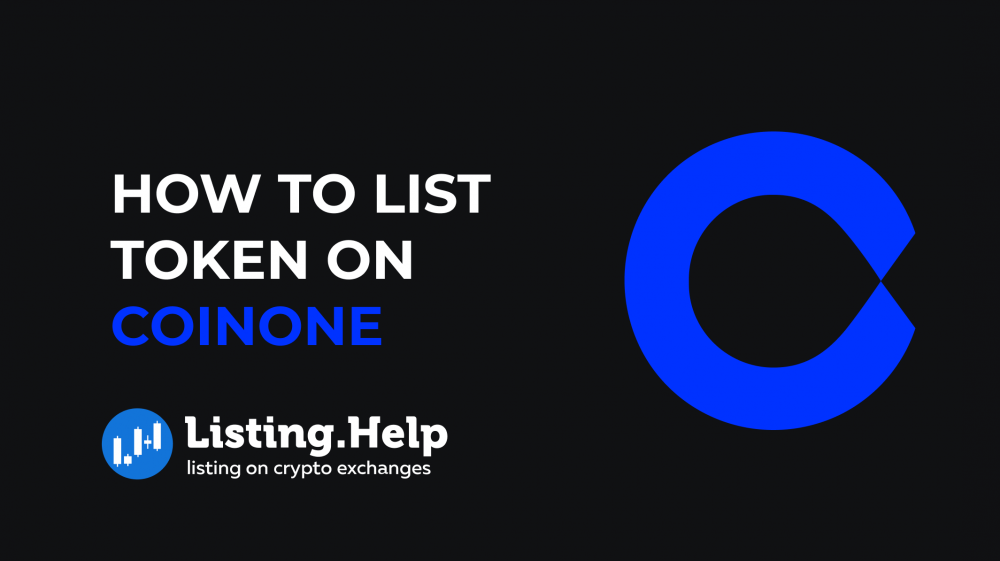


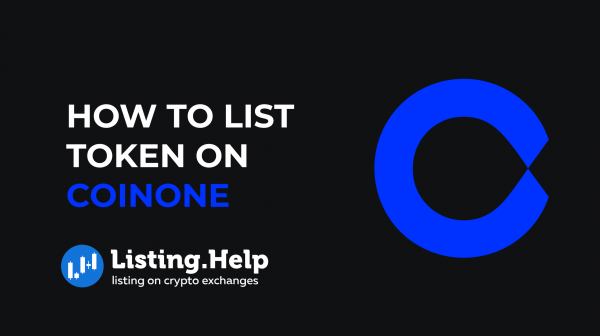
 October 21, 2025
October 21, 2025 